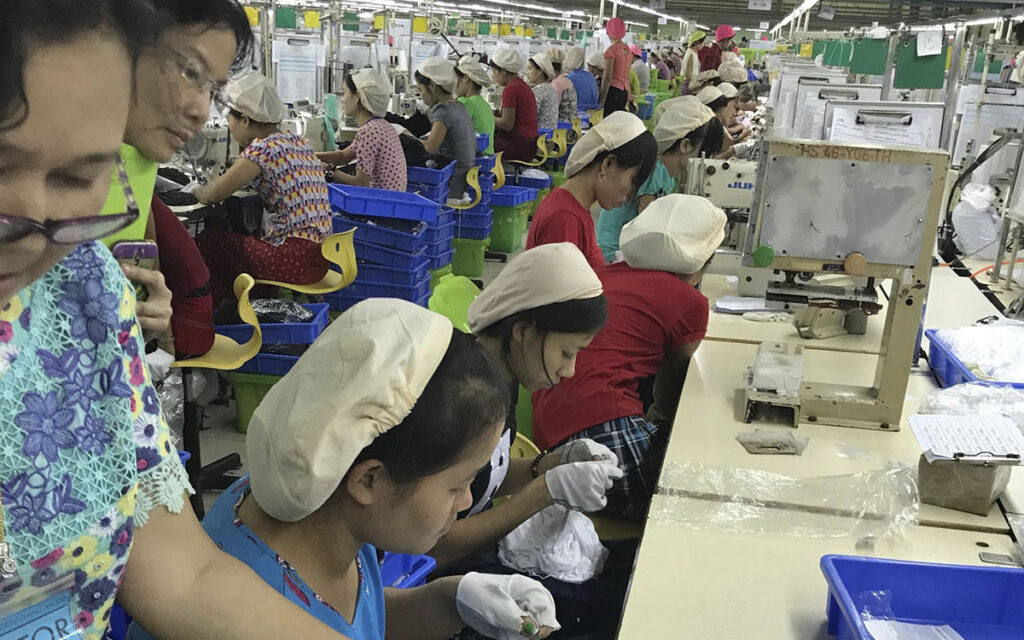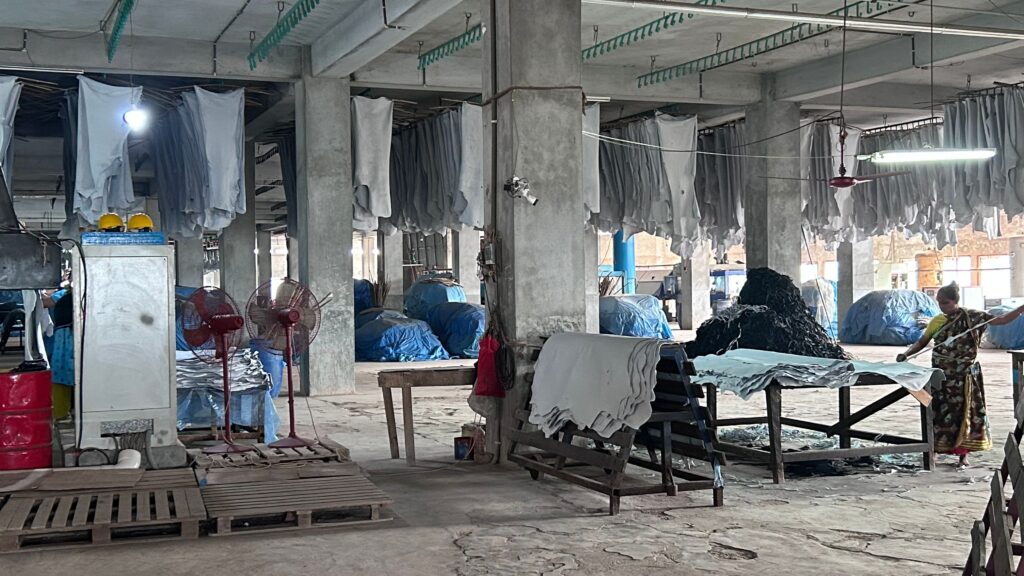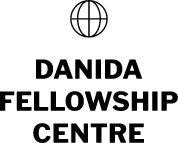Collaboration is key: How the Triple Helix approach can help the garment sector in Bangladesh
28-01-23

Bangladesh is working hard to become a sustainable sourcing hub. A workshop held in December 2022 brought key actors from different sectors together to co-create problem identifications and establish a Triple Helix task force in Bangladesh.
By Jan Vang, Professor and Head of the Global Sustainable Production section, University of Southern Denmark.
Bangladesh has struggled with a negative image in the western media for years and is often associated with poor working conditions and environmental degradation in its export garment industry. The country is currently working to reinvent itself as a sustainable sourcing hub, with Bangladeshi suppliers increasingly striving to be seen as responsible actors who care about workers’ safety and the environment.
The progress made by the country in the wake of the 2013 Rana Plaza disaster, in which over 1100 workers died and 2500 were injured, is undeniable. Today, most garment export factories in Bangladesh are considered safe to enter, and pioneering industry owners have built or transformed a good number of companies into green factories. Furthermore, influential industrialists have begun to recognise that fast fashion, long the backbone of Bangladesh’s economy, is a thing of the past and that the future lies in slow fashion.
 As Bangladesh continues to strive for deeper sustainable transitions, the Triple Helix approach has the potential to play a vital role in addressing the complex problems facing the country’s workers, the environment and the economy.
As Bangladesh continues to strive for deeper sustainable transitions, the Triple Helix approach has the potential to play a vital role in addressing the complex problems facing the country’s workers, the environment and the economy.
However, as in most countries, the progress made so far has been limited to the lowest-hanging fruits and the challenges facing Bangladesh remain abundant. Workers are still exposed to chemicals in the garment industry, arsenic continues to pollute the water, and the leather industry carries on discharging untreated polluted water directly into neighbouring rivers. Additionally, circular economy principles are virtually non-existent in the country.
To address these complex and interrelated issues, a growing number of stakeholders in Bangladesh are turning to the Triple Helix approach. This model focuses on fostering constructive and forward-looking collaboration between government, industry and academia, with the goal of finding innovative solutions to highly complex challenges such as the above-mentioned, also commonly known as “wicked problems”.
Collaborating for problem-solving
A two-day workshop held in December in Bangladesh brought key actors from different sectors together to address complex sustainability challenges among suppliers using the Triple Helix approach. This workshop aimed to create a “protective space” in which participants could co-create problem identifications and develop initial ideas for further investigation and research proposals. The programme provided a practical introduction to the Triple Helix approach and illustrated how to use it to solve real-world problems.
 Sentences from the whiteboard evaluation of the workshop: “Good initiative in solving business issues by bringing key actors on board”, “Lots of possibilities to achieve through academia, government and industry stakeholder engagement”
Sentences from the whiteboard evaluation of the workshop: “Good initiative in solving business issues by bringing key actors on board”, “Lots of possibilities to achieve through academia, government and industry stakeholder engagement”
During the workshop, the participants were divided into groups and were given creative problem-identification tools to co-identify exciting, practical and relevant research challenges. The groups identified several urgent problems in need of applied research attention. These included issues such as child labour, the reuse of plastic for knitwear in the garment industry, and pollution problems in the leather industry.
The workshop’s goal was to give practical insight into the Triple Helix approach and to show its potential for solving practical problems. The participants were given examples of how the approach had been used in the past, and these helped inspire their own problem-solving efforts.
Workshop outcome
As one of the organisers, I was uncertain whether the Triple Helix approach would be too simplistic or too advanced for the participants and whether they would engage with the creative tools provided. However, the suggestions for areas of attention, investigation and research, as well as the positive feedback from the whiteboard evaluations indicate that the workshop indeed was beneficial. Many of the participants appreciated the concepts and the creative tools, and some praised the potential for collaboration between industry, academia and government to make a sustainable Bangladesh.
The workshop also highlighted certain challenges associated with the Triple Helix approach, one of which was getting all the stakeholders, including government officials, on board and then implementing the approach in real-life situations. Due to the complexity and interrelatedness of the issues, the participants found it challenging to limit their focus to the practical problems – and their solutions.
Despite these challenges, the majority of the workshop participants stated that they had benefitted from the event and that they were now working on how to apply what they had learnt in their own contexts. Furthermore, they formed a task force to work on new applications for research grants. While the Triple Helix approach is not without its difficulties, it remains a promising solution for addressing complex sustainability challenges in Bangladesh and beyond.
